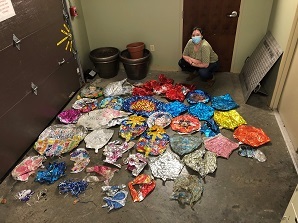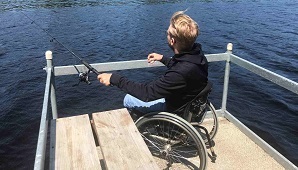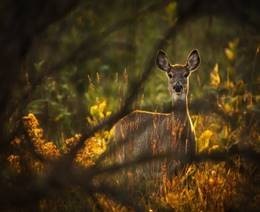Wildlife, Fish, and Marine Life Newsletter
The New York State Department of Environmental Conservation sent this bulletin on 06/23/2021 02:59 PM EDT |
| DEC Delivers - Information to keep you connected and informed from the NYS Department of Environmental Conservation |
| Share or view as a web page || Update preferences or unsubscribe |
Wildlife, Fish & Marine Life Newsletter |
Up, Up But Never Away—Balloon Litter in New York State
Littered foil or latex balloons and their strings can be found on the ground, stuck in trees, in water bodies, and other sensitive ecosystems. Finding waste balloons in any wild place doesn’t just take away from the experience of being in these environments—when balloons end up as litter, they can also become a hazard to fish and wildlife or can become microplastic pollution. Wildlife can and does mistake the balloons as food and tries to ingest them, blocking their intestines causing them to starve. Wildlife can also get tangled in the ribbons, which inhibits their movements or strangles them.
Have you seen littered balloons in the environment? Send us your pictures and stories about where you have found balloons. Top photo: over 50 balloons Region 4 Wildlife staff collected in one season. Bottom photo: balloon litter Wildlife Biologist Steve Heerkins found during field work. Wildlife Spotlight: the Gray Treefrog
Patterning and coloration are variable, but they are generally covered in ragged dark blotches over a gray to light green background. Gray treefrogs have a light spot bordered by a dark edge beneath the eye and bright yellow coloration on the inside surface of their thighs. Adults are 1.5-2 inches long, and each toe is tipped by a suction cup used for climbing. Their call is an unmistakable, powerful trill that varies in length between individuals. To some, this call may be reminiscent of a raccoon, minus the random chatter. The call is so powerful, that to the human ear the pulse of their trill can be felt reverberating through the bones of the inner ear! Check out this video of a gray treefrog calling. Photo by William Hoffman. Accessible Outdoor Recreation Open House Planned for August 8th in the Adirondacks
Register soon on Eventbrite as space is limited. All activities are wheelchair accessible. Please let us know how we can accommodate your participation. See you out in the woods and on the water! DEC Releases Final Deer Management Plan and Seeks Comments on Proposed Regulations
To begin carrying out portions of the management plan, DEC proposed rule changes that will improve deer management, simplify big game hunting, expand hunting opportunity, and increase hunter safety. To view the proposed regulations and provide comment, visit the Fish and Wildlife Proposed Regulations page. DEC will accept written comments through August 8, 2021. |

 DEC field staff often find littered balloons, even when working in New York’s most remote areas. DEC staff have been picking up balloons they find while doing field work. Fish and Wildlife Technician, Briana All says, “I’m hoping that by collecting these balloons we find in the woods and putting them on display, people will realize that when they release balloons they are littering. There is only one place these balloons will end up—back on the ground or water far from where they originated.”
DEC field staff often find littered balloons, even when working in New York’s most remote areas. DEC staff have been picking up balloons they find while doing field work. Fish and Wildlife Technician, Briana All says, “I’m hoping that by collecting these balloons we find in the woods and putting them on display, people will realize that when they release balloons they are littering. There is only one place these balloons will end up—back on the ground or water far from where they originated.” Be part of the solution:
Be part of the solution: The last species of Anuran (frog) to breed in New York, from late May and as late as July, is the
The last species of Anuran (frog) to breed in New York, from late May and as late as July, is the  Join us for an open-house at
Join us for an open-house at  The “
The “